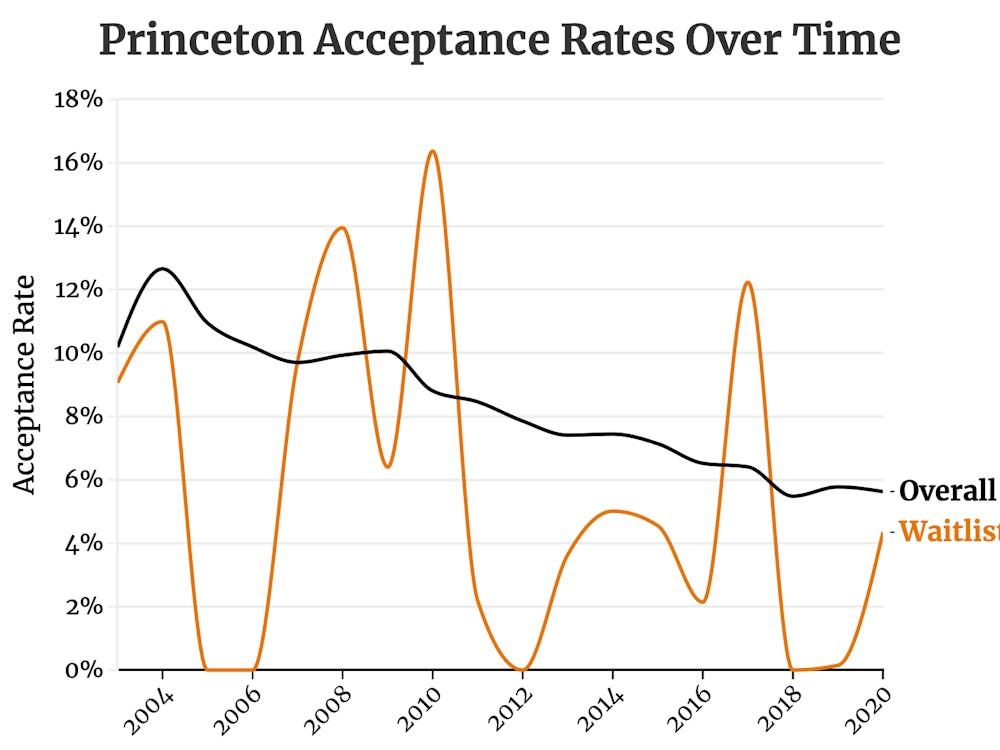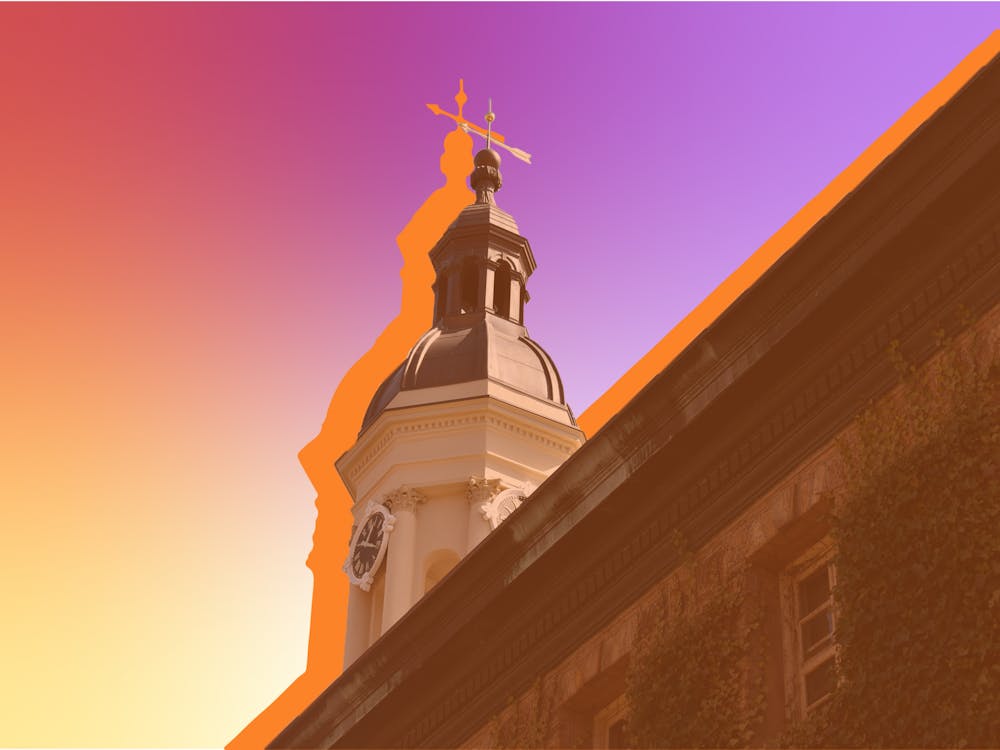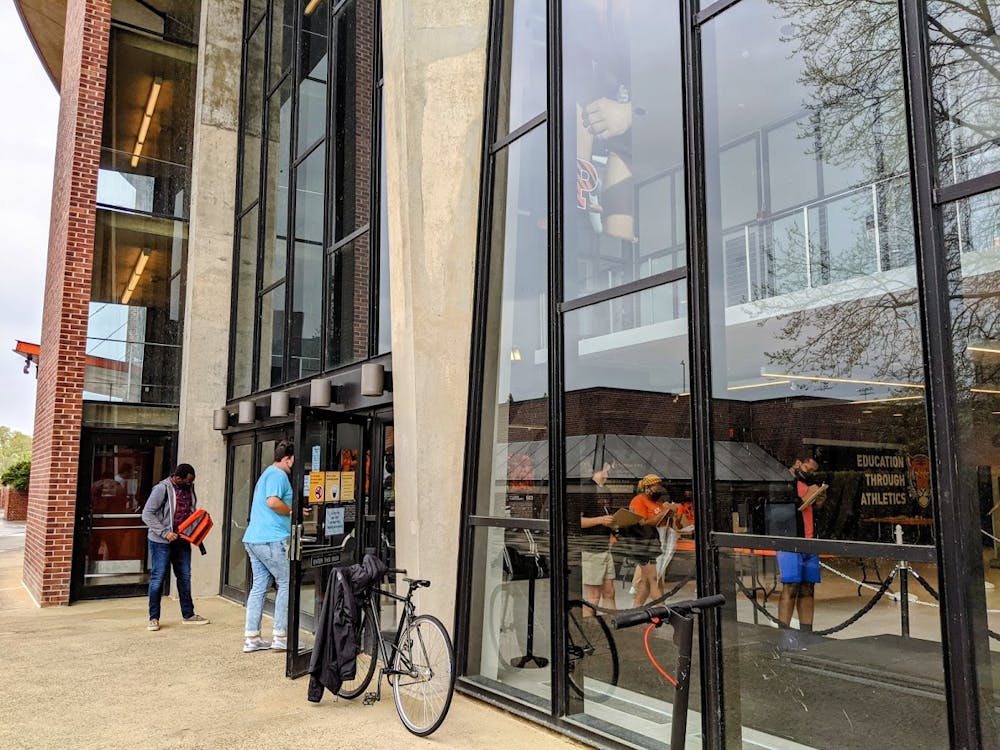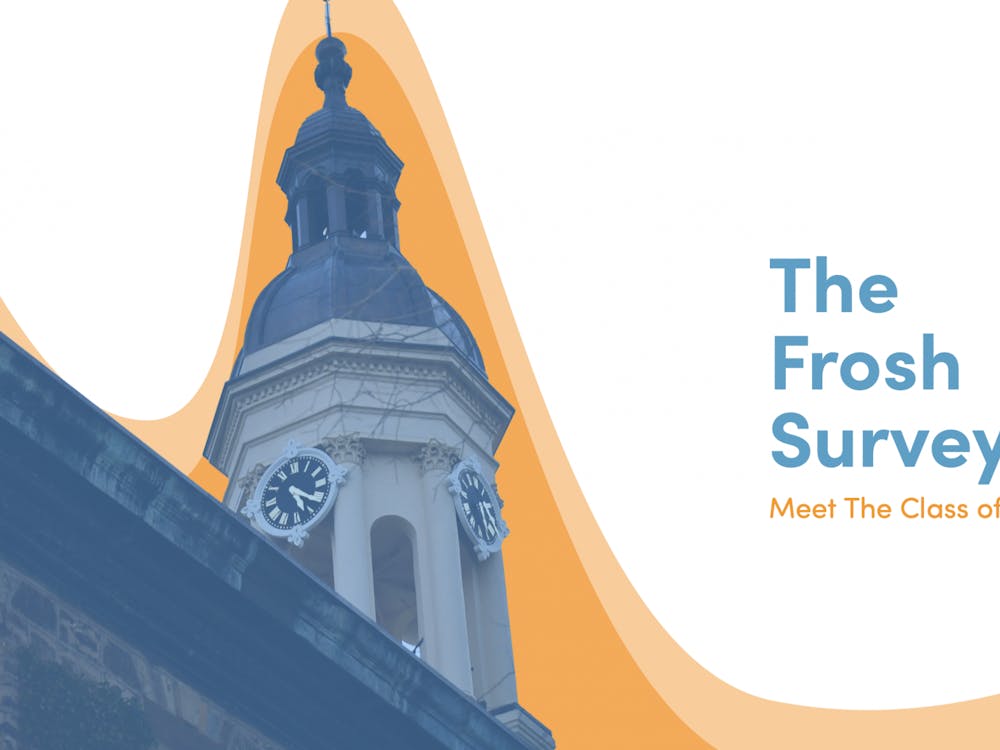Where's the cheapest cup of coffee in Princeton?
Ryan KonarskaMore than 66 percent of Princeton students drink coffee at least once a week. We analyzed prices for various drinks at 16 different establishments near campus to determine what the cheapest options are for coffee-drinking Princetonians.
More than 66 percent of Princeton students drink coffee at least once a week. We analyzed prices for various drinks at 16 different establishments near campus to determine what the cheapest options are for coffee-drinking Princetonians.





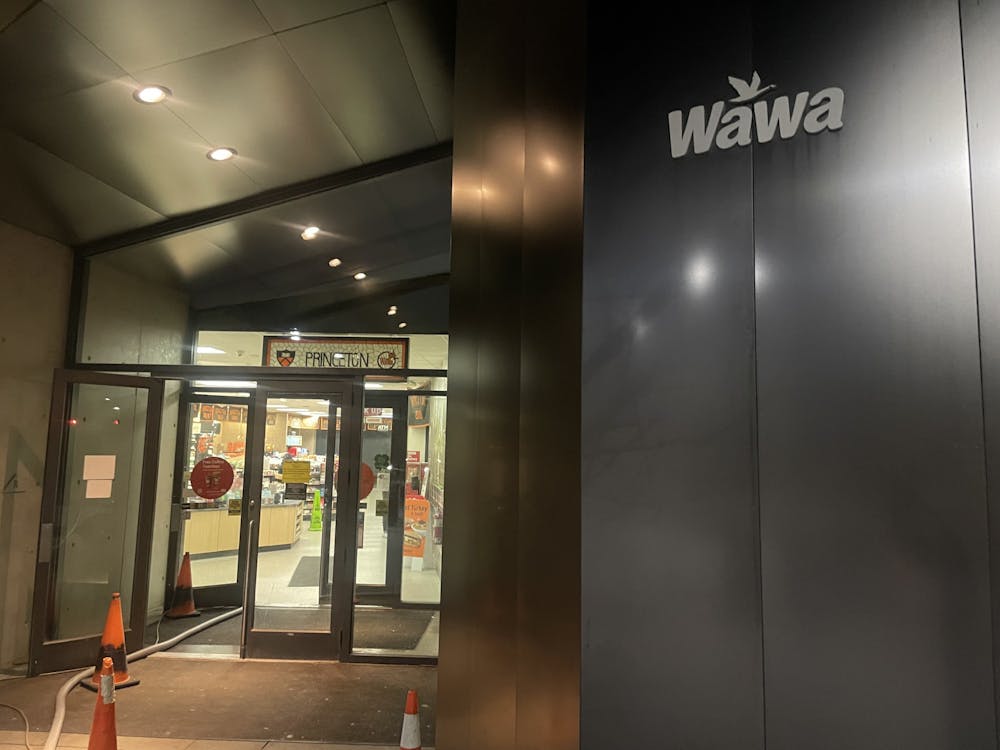
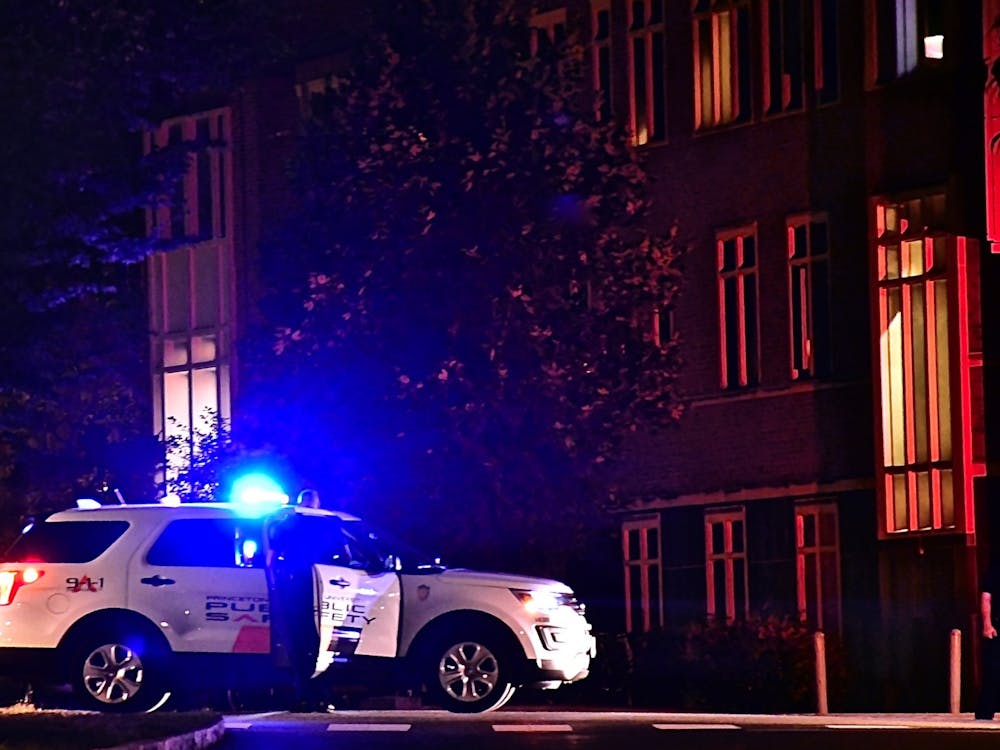


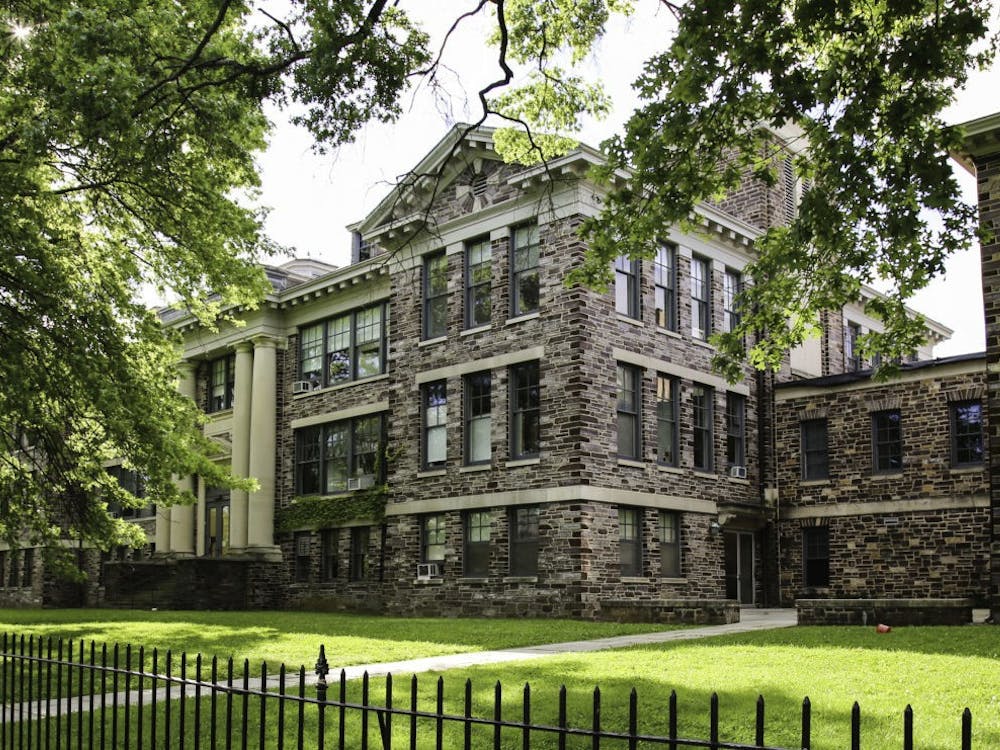

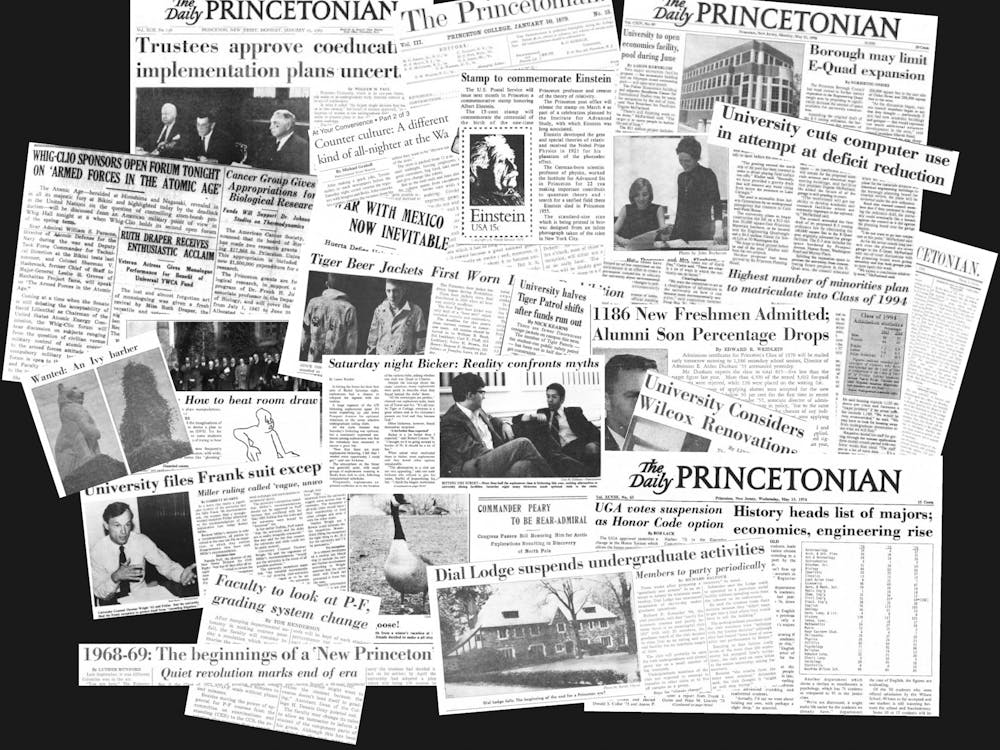
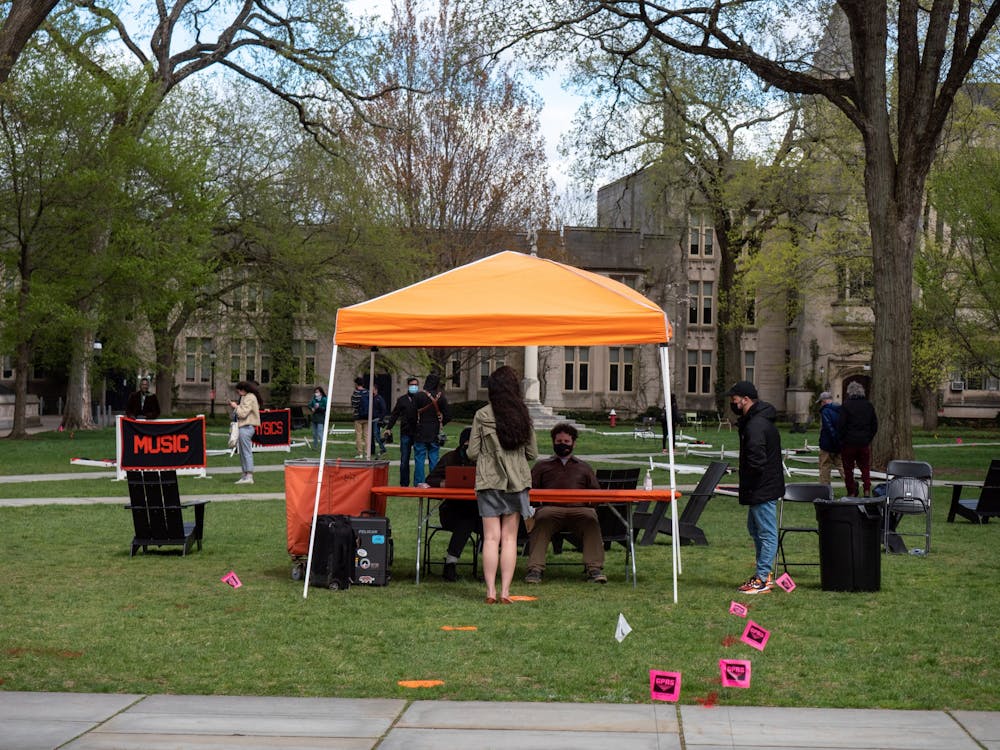
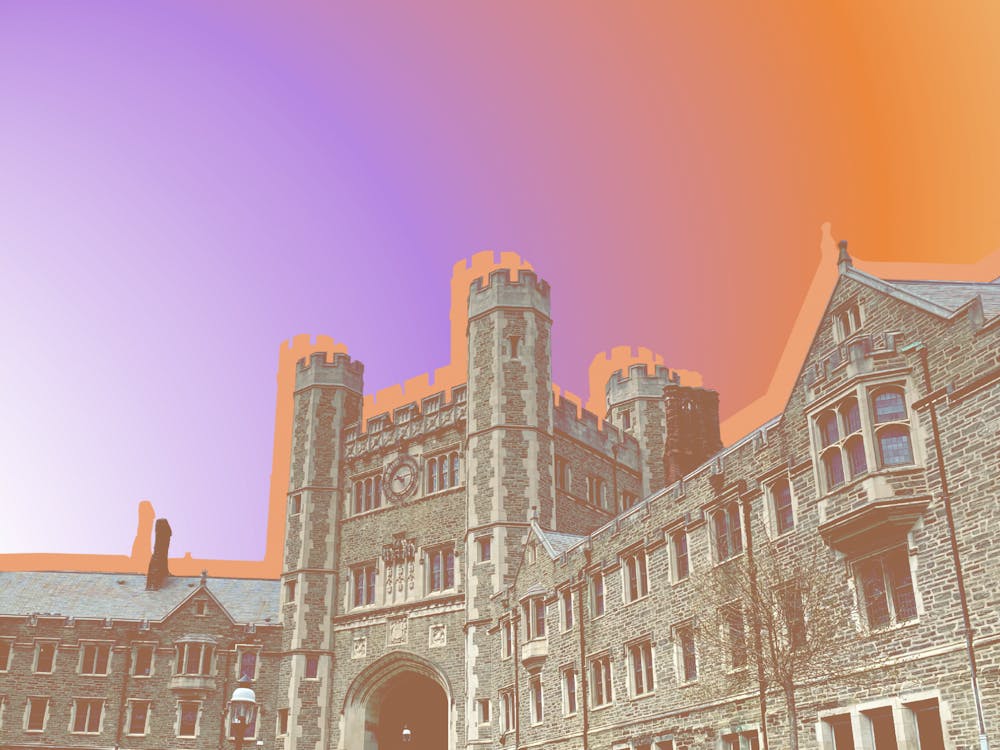
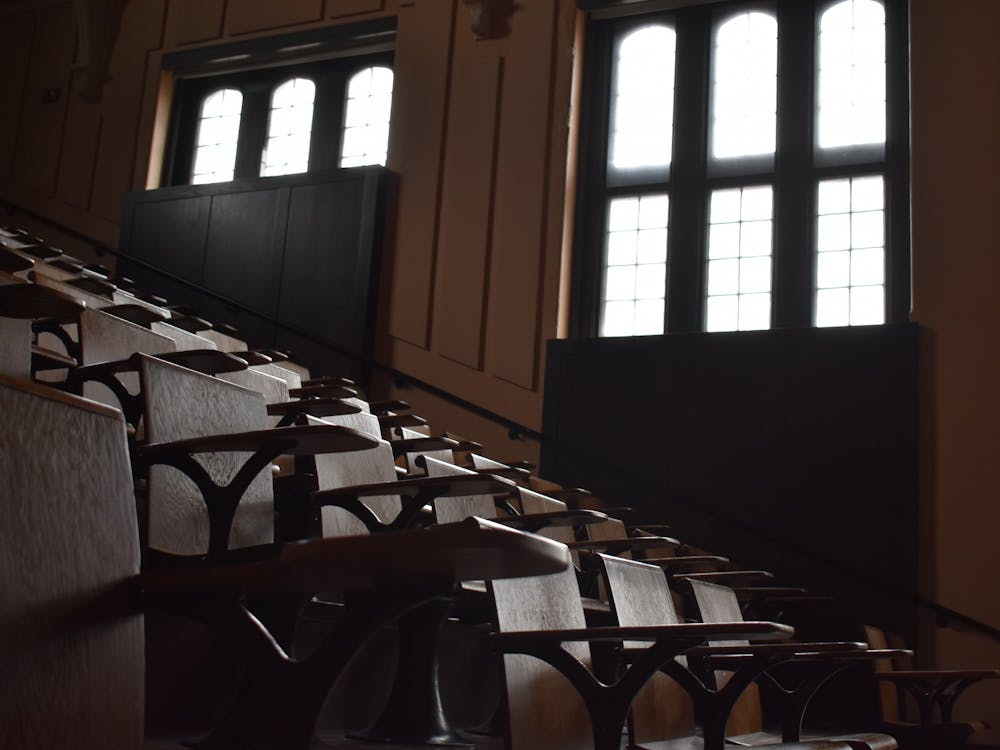
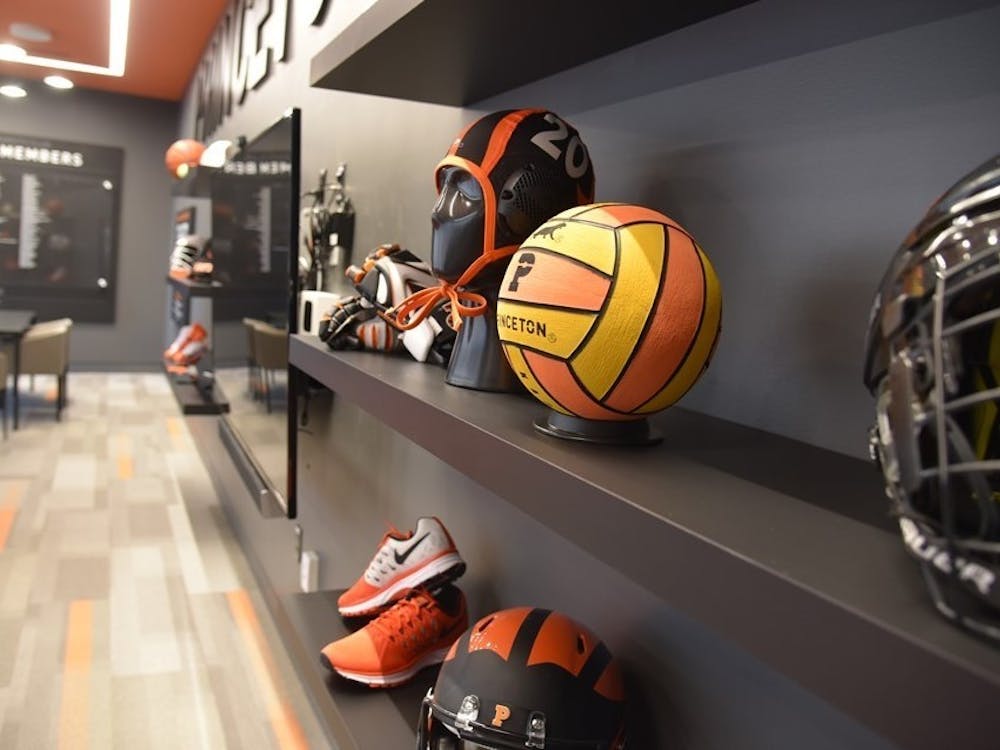

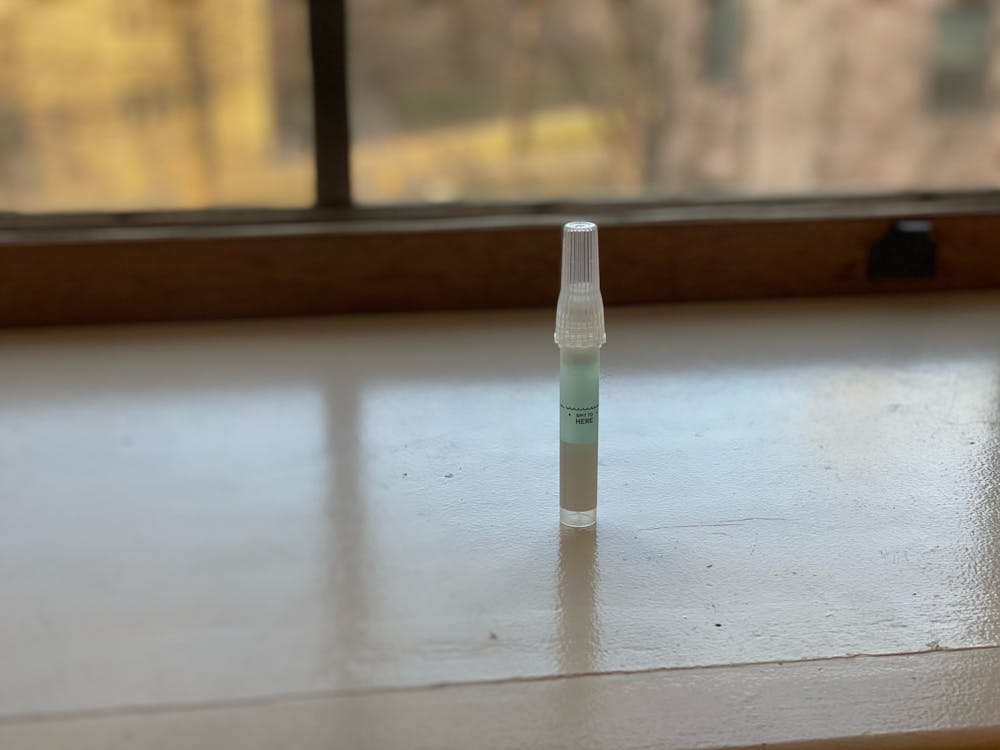
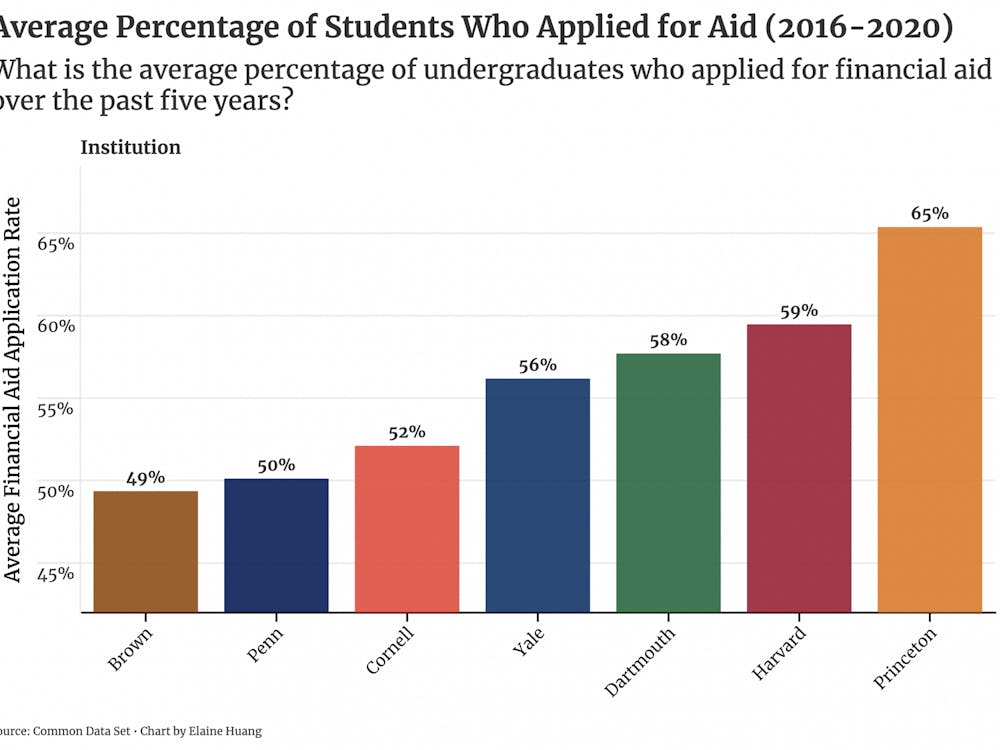
![[2-16] % of classes filled.png](https://snworksceo.imgix.net/pri/1ef272aa-17a1-4e1d-8aa8-96be1397eb4f.sized-1000x1000.png?w=1000&ar=4%3A3&fit=crop&crop=faces&facepad=3&auto=format)
